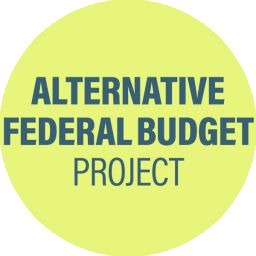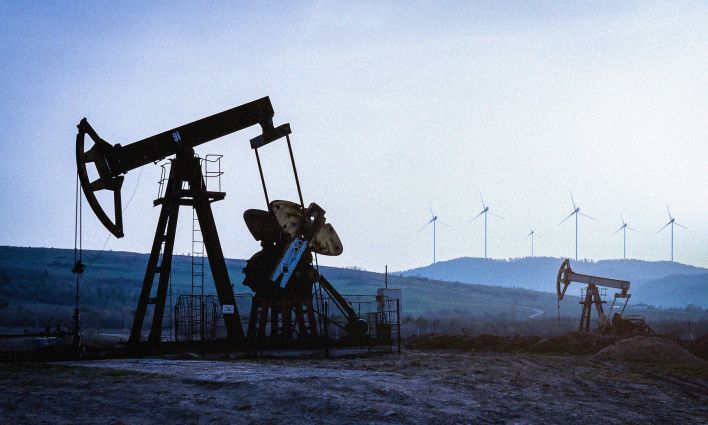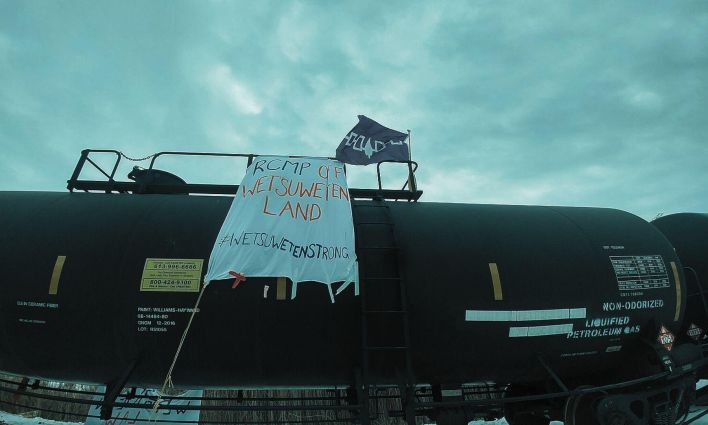Introduction
On June 21, 2023, Canada released its Action Plan for Implementing the United Nations Declaration on the Rights of Indigenous Peoples. The action plan contains 181 measures to achieve the objectives of the UN declaration, ensuring federal laws are consistent with the UN declaration.
The Alternative Federal Budget, operating in alignment with the UN declaration, ensures investments toward First Nations’ priorities address chronic socio-economic gaps and ensures First Nations and their governments lead the way in developing alternatives to existing laws and policies that undermine their inherent and treaty rights, title, and jurisdiction.
The legal and moral imperative to make these investments is clear. They are economically sound. Partnership with First Nations reduces adversarial legal processes and allows Canada to meet its fiduciary obligations to Indigenous Peoples.
Prioritizing these investments demonstrates real progress in our shared journey toward truth, healing, and reconciliation. Rebuilding First Nations by increasing governance capacity as well as creating and supporting Indigenous-led institutions, is the path to nation-to-nation relationships.
Overview
Despite over 150 years of colonization, First Nations are steadfast in reclaiming their unique languages, laws, cultures, governments, and economies. Just as Canada has developed into a modern society, with a complex system of intergovernmental relations, First Nations must be acknowledged as innovators that meaningfully contribute to Canada’s prosperity.
In 2016, the National Indigenous Economic Development Board reported that the economic gap between Indigenous Peoples and non Indigenous people costs the Canadian economy $27.7 billion annually.1 This return on investment would significantly improve the lives of more than one million First Nations.
The investments identified in this chapter represent the first of many steps toward First Nations’ economic self-reliance and contribute to the social determinants of health. Time and again, investments in First Nations’ well-being that support social, economic, political, and environmental factors have been demonstrated as critical to our wellness.
The COVID-19 pandemic exposed critical insights into the health effects of access to safe drinking water, overcrowded housing, educational outcomes, and many more. As the world addresses climate change, First Nations must be safeguarded against future environmental disasters and supported in their climate mitigation and adaptation leadership. More than eight in 10 Canadians support creating additional Indigenous protected and conserved areas in Canada to protect more lands and sea, as per a recent Nanos Research poll.2 The Alternative Federal Budget’s meaningful investments would close persistent socio economic gaps and support First Nations’ climate leadership.
Lands and governance
Existing federal approaches to First Nations’ rights to self-determination require a significant overhaul, especially with respect to accessing lands. The Alternative Federal Budget supports interim and transformational access to lands in order to provide critical resources that are necessary for First Nations to govern their lands.
At present, more than 636 First Nations governments that are attempting to govern effectively are undermined by chronic underfunding. First Nations are not able to develop a skilled First Nations’ public service without competitive salaries or necessary technology. First Nations governance funding is just over three per cent of total expenditures, while most municipal, provincial, and territorial governments spend 10- 15 per cent to provide services to their citizens.
Transitioning from siloed federal funding towards a statutory transfer to First Nations governments would support First Nations’ cultural, economic, environmental, and political goals through actions and institutions of their own design. The 2024 Alternative Federal Budget’s meaningful investments results in immediate support for First Nation governments.
Article 26 (2) of the United Nations Declaration on the Rights of Indigenous Peoples: Indigenous [P]eoples have the right to own, use, develop and control the lands, territories and resources that they possess by reason of traditional ownership or other traditional occupation or use, as well as those which they have otherwise acquired.
Infrastructure
Adequate infrastructure is essential to First Nations’ economic prosperity. Roads, utilities, digital connectivity, public utilities, and housing are foundational for opportunity, growth and wealth generation. Significant and sustained commitments are required to bring First Nations’ infrastructure on par with the rest of Canada. The Assembly of First Nations, in co-development with Indigenous Services Canada (ISC), compiled a first of its kind, comprehensive cost estimate identifying the infrastructure investment needs of First Nations in Canada. The Closing the Infrastructure Gap by 2030 report is a fully substantiated cost report, which draws from a significant pool of data from the Assembly of First Nations’ technical studies, First Nations’ engagement reports, decades worth of archived information from ISC, and industry-leading experts.
The report identified an estimated cost of $349.2 billion and supports the Indigenous Services Canada Minister Patty Hajdu’s mandate to close the infrastructure gap.
By conservative estimates, these investments will create more than 150,000 jobs per year and will reflect billions in Canadian GDP growth. The Centre for Spatial Economics (C4SE) and the Broadbent Institute have estimated that 9.4 jobs are generated for every million dollars spent on infrastructure and the value of GDP generated per dollar of public infrastructure spending lies between $2.46 and $3.83. Many of the jobs generated by closing the infrastructure gap will be in rural and remote areas and will create economic opportunities for both First Nations and non-First Nations people alike.3
Climate leadership
The most effective way to create resilience and combat the growing global environmental crisis, climate change, and biodiversity loss is to recognize the critical leadership role of First Nations in climate conservation and environmental action. The First Nations’ connections— culturally, spiritually, and socially—to the land and waters increase the impacts on First Nations’ exposure and sensitivity to climate change, but are also a unique source of strength, understanding, and resilience. As climate leaders, First Nations are active drivers of positive change. The Assembly of First Nations 2023 National Climate Strategy identifies the following priorities to support First Nations’ climate leadership:4
- Recognize, respect, and position First Nations’ jurisdiction and inherent right to self-determination as central to national climate governance.
- Address capacity needs to support First Nations as climate leaders.
- Ensure First Nations’ self-sufficiency in food, water, and energy.
- Prioritize First Nations’ knowledge systems, health, language, culture, and spirituality.
- Close the natural and built infrastructure gap.
- Ensure First Nations are equipped to respond to all emergencies.
- Leverage the First Nations climate lens to reform legislation, policy, and programs.
Actions
The AFB will invest $25 million over five years, enabling and advancing nation-to-nation discussions on First Nations land rights and self determination.5
The AFB will invest $23 million over five years to improve and facilitate the additions-to-reserves policy (ATR) by addressing the backlog of more than 1,300 pending ATR applications and funding the ongoing review, redesign, assessment, and oversight of the ATR policy and processes.
The AFB will invest $7.6 billion over five years to meet the base needs of financial, administrative, and political governance, including:
- $4.6 billion for band support funding;
- $1.4 billion for band employee benefits;
- $964 million for professional and institutional development; and • $581 million for tribal council funding.
The AFB will invest $77.29 billion over five years to meet base community infrastructure needs, including buildings, ports and wharves, transportation infrastructure, all-season road access, utilities infrastructure, and connectivity infrastructure.
The AFB will invest $101.84 billion over five years to meet decades of neglected housing needs to address overcrowding, on-reserve migration, unit replacement, new lot servicing, repair needs, and population growth.
The AFB will invest $9.54 billion over five years for education infrastructure, planning, design, and new construction of schools and teacherages.
The AFB will invest $25 million over five years to establishe a First Nations Climate Institute for the development and implementation of First Nations-led strategies for climate and related environmental initiatives.
The AFB will invest $325 million over five years to create a national network of First Nations climate and emergency coordinators at the community and regional level to conduct resilience and self-sufficiency planning for future catastrophes.
The AFB will invest $1.5 billion over five years to support First Nations’ conservation efforts and climate resiliency, including establishment and maintenance of Indigenous protected and conserved areas and guardian programs as well as the exploration of ecosystem services and nature based climate solutions.
The AFB will invest $644 million over five years to protect species at risk and freshwater ecosystems in a manner that respects First Nations’ rights and responsibilities.







